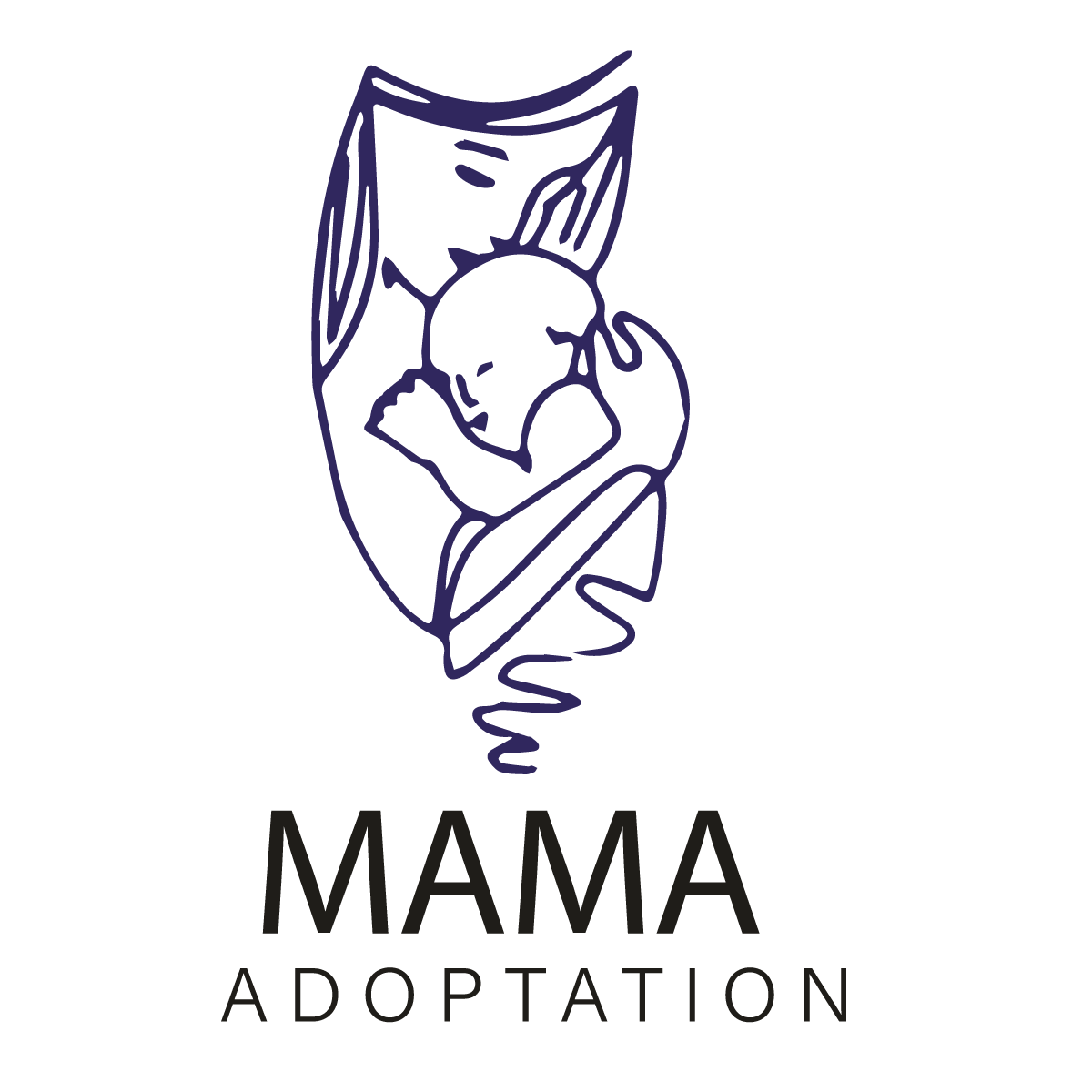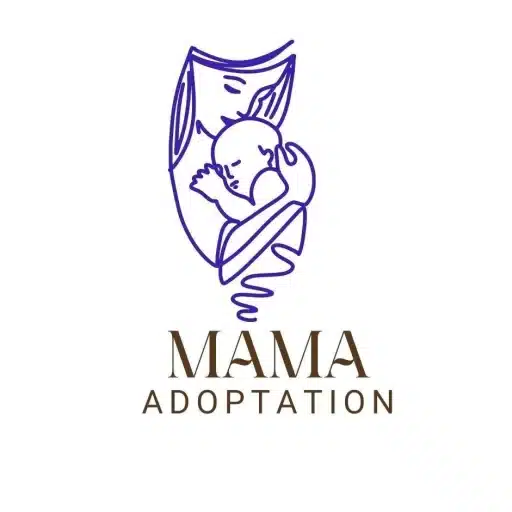Breastfeeding is a priceless bonding experience that helps both you and your infant in many ways. You may be thinking about how to have the joyful and easiest experience as a first-time mother. To help you comfortably handle this time period, here are some breastfeeding tips for first-time mothers that help you in first time feeding.
Embrace Early Breastfeeding
Start breastfeeding as soon as you deliver your baby. During the first hour after birth, newborns have a strong need to suckle. Accepting early breastfeeding is a lovely and important step for both you and your newborn. The initial hours after birth are priceless. These initial hours give you an offer to build a strong relationship with your infant. Starting breastfeeding early helps to develop a healthy latch and boosts milk supply.
Building Strong Relationships
- It creates an emotional and strong connection between you and your baby.
Stimulate milk production
- Early breastfeeding boosts the production of milk. It helps to build a strong milk that is necessary for your baby’s health and growing needs.
Provide Immune Support
- The initial milk produced after birth is called colostrum. Early breastfeeding helps your baby to receive the strong immunity boost that will provide defense for your baby against infections and diseases.
Calms and Soothe
- Early breastfeeding feels your infant calm and helps your baby to adjust to life outside of the uterus.
Enhance digestion
- Early breastfeeding helps your baby to enhance their digestive system.
Focus on Latching
The trick to effective breastfeeding is proper latch. Ensure that your baby’s lips close across the breast and their mouth covers a significant portion of the areola. It is crucial for successful breastfeeding.
Find a Comfortable Position
Experiment the different breastfeeding positions to determine which one is the most comfortable position for you and your baby. The cradle hold, cross-cradle hold, football hold, laid-back breastfeeding and casual breastfeeding are examples of common positions.
Read Also: How To Gain Weight While Breastfeeding – Best Guide
Comfortable Breastfeeding Position
Cradle Hold
- Hold your infant in your arms on the breast that you are currently using for feeding. For additional support use breastfeeding pillows.
Cross-Hold
- Hold your infant in the opposite arm, which is not used for feeding. This position gives more control during latching.
Foot-ball Hold
- Hold your infant’s legs behind you in a foot-ball position below your arm. This is especially beneficial for those mothers who have cesarean deliveries.
Laid-Back Breastfeeding
- Hold your infant on your chest and allow them to explore the breast on their own. This position is particularly comfortable for sleeping.
Supportive Nursing Pillows
- When feeding your baby, use breastfeeding pillows to support and raise your infant. These breastfeeding pillows support your baby and remove some of weight from your arm, neck, and back.
Comfortable Clothing
- Wear loose and comfortable dress during breastfeeding.
Proper Breastfeeding Chair and Recliner
- If possible, use a comfortable breastfeeding chair and recliner with good back support for breastfeeding.
- Ensure that the armrests on the chair are the correct height for proper positions.
Feed on Demand
Every 1 to 3 hours, newborns demand feeding. Feed your baby whenever they cry out in hunger. It will help to build a strong milk supply.
Recognize for Hungry Cues
Understanding when your baby is hungry is necessary for responsive and successful breastfeeding. Knowing when your child is hungry supports a positive breastfeeding relationship. Early hunger cues include smacking lips, sucking on fingers, and moving the head to find breasts. To prevent the baby from irritation, respond to these cues immediately.
Rooting Reflex
- When your baby turns your head from side to side and opens their mouth it means they are showing the rooting reflex or they are hungry.
- This reflex enables them to find the breast and start feeding.
Hand-to-mouth Movement
- When they are hungry, babies commonly suck or chew on their hands and fingers.
Lips Smacking
- When they are hungry, your babies start smacking your lips or making smacking sounds.
Tongue Movement
- When they are hungry, babies may move their tongue around them.
Crying
- Baby’s crying is a sign of extreme hunger and a late hunger trigger. Before your infant gets unhappy, try to recognize the hunger signs.
Increase Alertness
- When they are hungry, babies become more alert and active to show the sign of restlessness
Sucking on object
- When they are hungry, babies often sucking the objects around them like blankets, clothes, and toys.
Nuzzling or Smelling
- If your baby sniffs or nuzzles around your chest area, they could be trying to find the breast for feeding.
Establish a Feeding Routine
Although feeding on demand is essential, make an effort to create a regular feeding schedule to help your baby to understand their feeding time. This can help both you and your baby to find your routine.
Listen to Your Body
When it comes to breastfeeding, pay attention to your baby signal’s. Consult a lactation expert or healthcare professional for help if you feel uncomfortable, hurting or have any concern while breastfeeding.
Hydration and Nutrition
Maintaining a balanced diet and staying hydrated will help you to produce more milk as well as generate more energy. The food you eat should contain a lot of fruits, vegetables, whole grains and proteins.
Be Patient and Persistent
Keep in mind breastfeeding is the learning process for the both first-time mother and her baby. Be patient and persistent because setting up a routine may take some time. Ask for help when needed and trust your mother’s feelings.
Practice Skin-to-Skin Contact
Having skin-to-skin contact with your infant increases bonding and helps to enhance breastfeeding. When feeding your baby, hold them towards your naked chest and give them lots of cuddles.
Get Support and Information
Before giving birth, get advice from a lactation consultant or join a breastfeeding support group. Having a good understanding of breastfeeding methods and tips boost your confidence when you start breastfeeding your baby for the first time.
Self-Care Matter
Take good care of your mental and physical health. To support your breastfeeding period, get enough sleep, accept help from loved ones, and prioritize self-care.
Conclusion
The breastfeeding for a first time mother can be challenging but above mentioned tips help you to make it easier. Every breastfeeding experience is different so it’s important to seek support and guidance along the way. Enjoy this precious time of connecting with your baby. Trust in your ability to feed and care for your baby. You will start a wonderful breastfeeding period with support, guidance, tips, and lots of love. Enjoy each priceless moment!








